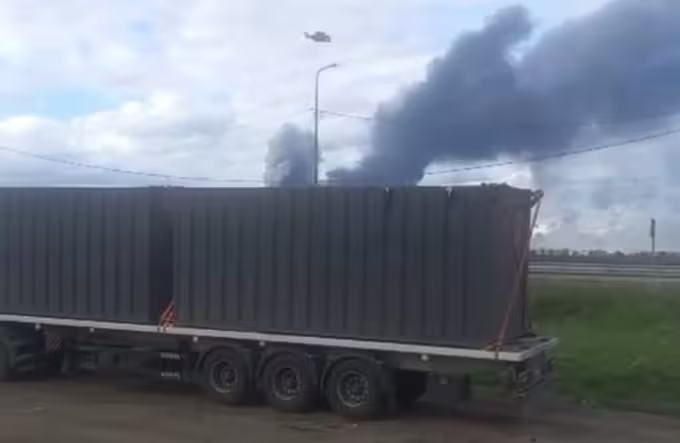3 Minutes
Ukraine’s Operation Spiderweb: A New Benchmark in Military Technology
In a move already being hailed as one of the most successful special operations in recent military history, Ukraine’s “Operation Spiderweb” has set a new standard for the strategic use of cutting-edge drone technology in warfare. The operation inflicted a heavy blow on Russia’s strategic air fleet, revealing both the capability and ingenuity of Ukraine’s defense forces.

Inside the High-Tech Assault: Planning and Execution
Meticulous Planning with Precision Technology
Operation Spiderweb was meticulously planned over a period of 18 months by Ukraine’s elite special forces. This extended preparation period highlights the growing importance of intelligence, surveillance, and logistical coordination in executing advanced military technology operations.
Innovative Use of Concealment and Logistics
A key feature was the development of specially designed containers capable of safely concealing combat drones. These custom containers housed multiple drones within wooden compartments fitted beneath the roof, allowing for covert transport over long distances.

Comparisons and Unprecedented Advantages
Unwitting Russian Involvement
For an added layer of deception, Russian civilian truck drivers—completely unaware of their cargo—were reportedly employed to transport the containers to within striking range of key Russian airbases. The striking distance ranged from 1,200 to nearly 5,000 kilometers, an unprecedented use of logistical strategies in modern combat.
Remote-Activated Drone Swarms
Upon arrival, the containers’ roofs were remotely opened, releasing a swarm of drones programmed for direct assault. These unmanned aerial systems targeted strategic Russian bombers, demonstrating the power and flexibility drones now offer in both offensive and defensive military roles.

Aftermath: Impact and Use Cases in Modern Warfare
Automated Destruction and Stealth
Post-deployment, the trailer units self-destructed to ensure they were neither traceable nor exploitable, exemplifying advanced self-destruct mechanisms in military robotics and remote warfare.

Massive Strategic Damage
The operation struck four major Russian airbases, damaging or destroying more than 40 aircraft—including sophisticated AWACS (A-50) planes and long-range Tu-95 and Tu-22M3 bombers. According to Ukrainian intelligence, this single operation neutralized up to 34% of Russia’s strategic cruise missile carrier fleet.

Market Relevance: The Future of Drone Warfare
With an estimated $7 billion worth of damage inflicted on Russia’s strategic air assets, “Operation Spiderweb” is a case study in the cost-effectiveness and scalability of military drones and robotics. The mission proved that modern armies with advanced drone technologies can level the playing field even against larger adversaries. The significance of unmanned aerial vehicles, cyber-security, and remote-controlled warfare has never been clearer, signaling a shift in how future conflicts may be decided.



Comments